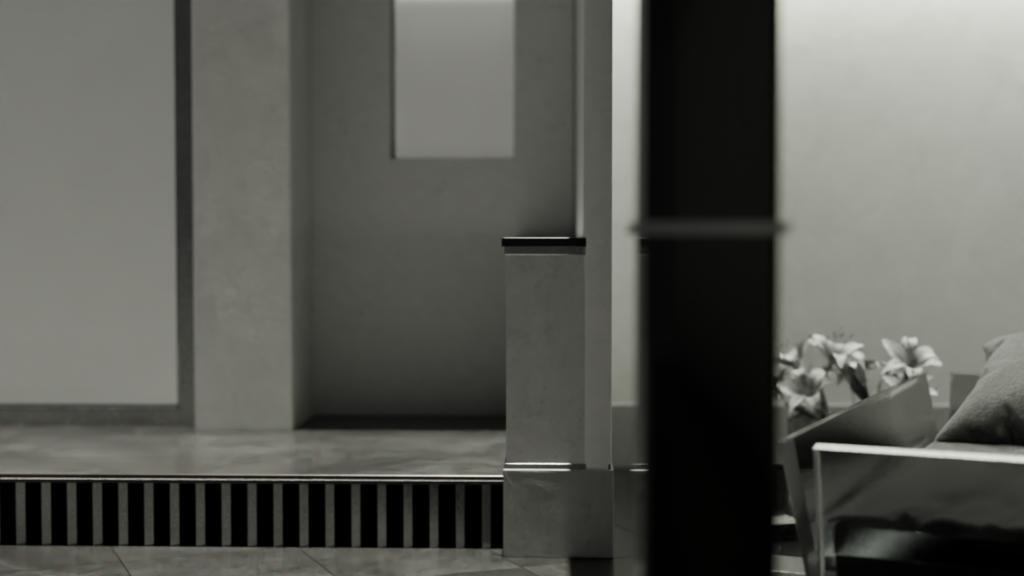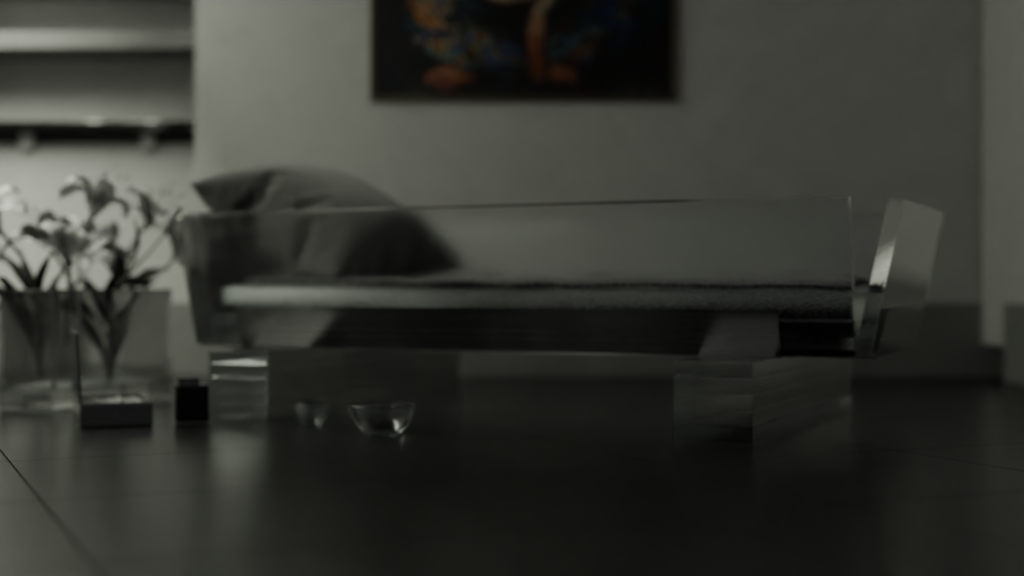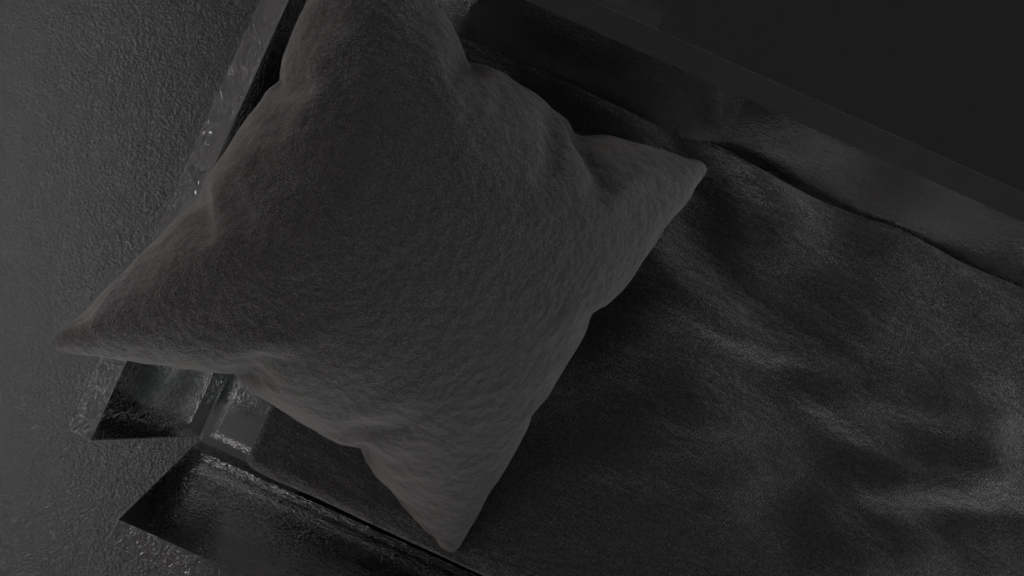SARA LIPSKA
Born on December 7, 1882, in Mława into a Jewish family, Sara Lipska was a sculptor and designer, best known for her costume designs and spectacular interior decorations. Between 1904 and 1907, she studied sculpture at the Warsaw School of Fine Arts under Professor Xawery Dunikowski. In 1908, she gave birth to her daughter, Maria Xawera, with whom she moved to Paris
in 1912. In 1914, she participated in a tour of Great Britain with Sergei Diaghilev’s Ballets Russes, and in 1922, she designed sets and costumes for the play Annabelle at the Théâtre Fémina in Paris.
For the fashion house Maison Myrbor, she created interior designs and clothing collections. In
1925, she won a gold medal for her tapestry exhibited at the International Exhibition of Decorative
Arts. For many years, she closely collaborated with Antoine Cierplikowski, designing interiors for
his apartments on Rue Saint-Didier and Rue Paul-Doumer in Paris, a bas-relief The Birth of Venus
based on Botticelli’s painting, a bust of Antoine, and many other projects. In the late 1920s, a
boutique showcasing Lipska’s original fashion designs was opened.
During World War II, she lived in Paris and the Dordogne department in Aquitaine. After the war,
she designed sets and costumes for Serge Lifar’s ballet productions. In the 1950s and 1960s, she
collaborated with the French League for the Protection of Birds. She passed away in Paris in 1973.
Sara Lipska reflected on her career achievements in her own words: I won gold medals at the International Exhibition of Decorative Arts in Paris in 1925. For the 1937 World Exhibition, I created a symbolic sculpture in glass [...]. I was a pioneer in incorporating glass into decorative arts. I designed interiors for many prominent figures in France and worldwide. I sculpted and painted portraits of well-known figures from the fields of law, literature, art, and science. One of my sculptures became part of the collection at the Jeu de Paume Museum in Paris.

GLASS COFFIN-BED
Sara Lipska designed the interiors of artist and hairdresser Antoine Cierplikowski’s apartment on Rue Saint-Didier in Paris in a functionalist style. A distinctive feature of this project was the use of thick industrial glass as a primary material for various elements. The artist achieved an impression of luxury through a combination of glass components, silvered mirrors, and a stone floor. One of the
most notable objects designed for the apartment was the glass Coffin-Bed. It was Cierplikowski’s favorite piece of furniture, placed in a section of the living room designated for relaxation. This part of the room also housed Portrait of Antoine Cierplikowski in Oriental Costume by Kees van
Dongen and Two-Dimensional Head by Xawery Dunikowski. The concept of the glass bed was inspired by Maurice Rostand’s book Le Cercueil de cristal, and in an interview with Paris Midi,
Cierplikowski declared: I have never slept better than in this bed.


RECONSTRUCTION OF THE GLASS BED
The 3D model of Antoine Cierplikowski’s apartment interior at Rue Saint-Didier, including the
glass bed, was created based on black-and-white photographs taken by Gilbert Boisgontier. The
only object for which precise dimensions and color details were available was Portrait Portrait of Antoine Cierplikowski in Oriental Costume by Kees van Dongen. The model and animation are my
interpretation of an object and interior that I have never seen in person.
Bibliography
Sara Lipska. W cieniu mistrza, red. Ewa Ziembińska, Muzeum Narodowe w Warszawie, Warszawa 2012
Sara Lipska. Artystka Wszechstronna, Ewa Ziembińska, Muzeum Narodowe w Warszawie, Narodowy Instytut Polskiego Dziedzictwa Kulturowego za Granicą POLONIKA, Warszawa 2023
Antoine de Paris. Polski geniusz światowego fryzjerstwa, Marta Orzeszyna, Wydawnictwo REBIS, Poznań 2023
https://antoinedeparis.pl/
https://www.dwutygodnik.com/artykul/4025-nagolenniki-i-kamizela.html
https://www.cosmeticsandskin.com/companies/antoine.php